Editor’s Note: Every month the cover of BATTLE ACES depicts a scene from a real combat actually fought in the War and a real event in the life of a great ace. The series is being painted exclusively for this magazine by Frederick M. Blakeslee, well-known artist and authority on aircraft and was started especially for all of you readers who wrote us requesting photographs of war planes. In this way you not only get pictures of the ships—authentic to the last detail—but you see them in color. Also you can follow famous airmen on many of their most amazing adventures and feel the same thrills of battle they felt. Be sure to save these covers if you want your collection of this fine series to be complete.
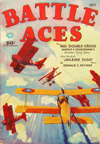 THE COVER this month might be called “Turn, Turn Who’s Going to Turn.” Of course you know the answer, but just a second before the scene depicted occurred it was a toss-up whether the leading Boche would turn or whether the American ship would be flattened on its nose. However, the Jerry did the turning and all the others did likewise. This tactic of rushing head-on at each other was used by both sides. There were pilots who said that no German could stand up under the terrific strain of an impending collision. Of course this is not true. There must have been Boches who refused to turn, but since no one survived to tell of it, we only hear of the ones who did.
THE COVER this month might be called “Turn, Turn Who’s Going to Turn.” Of course you know the answer, but just a second before the scene depicted occurred it was a toss-up whether the leading Boche would turn or whether the American ship would be flattened on its nose. However, the Jerry did the turning and all the others did likewise. This tactic of rushing head-on at each other was used by both sides. There were pilots who said that no German could stand up under the terrific strain of an impending collision. Of course this is not true. There must have been Boches who refused to turn, but since no one survived to tell of it, we only hear of the ones who did.
Such a battle of nerves happened to First Lieutenant Robert O. Lindsay of the 139th aero squadron near Bantheville on October 27th, 1918. While on a patrol in company with two others, he met three Jerries with the usual exchange of compliments. The combat took place at three thousand meters and after a sharp combat Lieutenant Lindsay shot down one. While he was maneuvering for position on the tail of another Jerry, he noticed a flock of eight Fokkers coming at him. Without a moment’s hesitation, he turned, and sped straight at the startled Boches.
The German leader held to his course until he saw that Lindsay was not going to turn and then he veered aside at the last moment. The others got out of the way as best they could. In a flash Lindsay was through the formation. Then he whirled around and dove on the last Fokker which, after the first burst, rolled on its back and started the long but swift plunge into eternity. Lindsay then streaked for home as the others in his patrol had done long before. The Jerries got themselves organized and searched an empty sky for the nervy Yank.
On the cover you see Lindsay halfway through the formation and seeing this you are inclined to say that the chances of a collision were remote. But there is an element you might not have taken into consideration—speed. We’ll say Lieutenant Lindsay was traveling over 125 m.p.h. and the Boches at the same speed. That would mean the Jerries were approaching Lindsay at well over 250 m.p.h. At that rate, it doesn’t take long for an object to pass a given point; and so, although the farthest planes from Lindsay seem a long way off, he actually grazed them in passing, for it took only the wink of an eye to close the distance between them.
For this exploit Lieutenant Lindsay won the Distinguished Service Order.
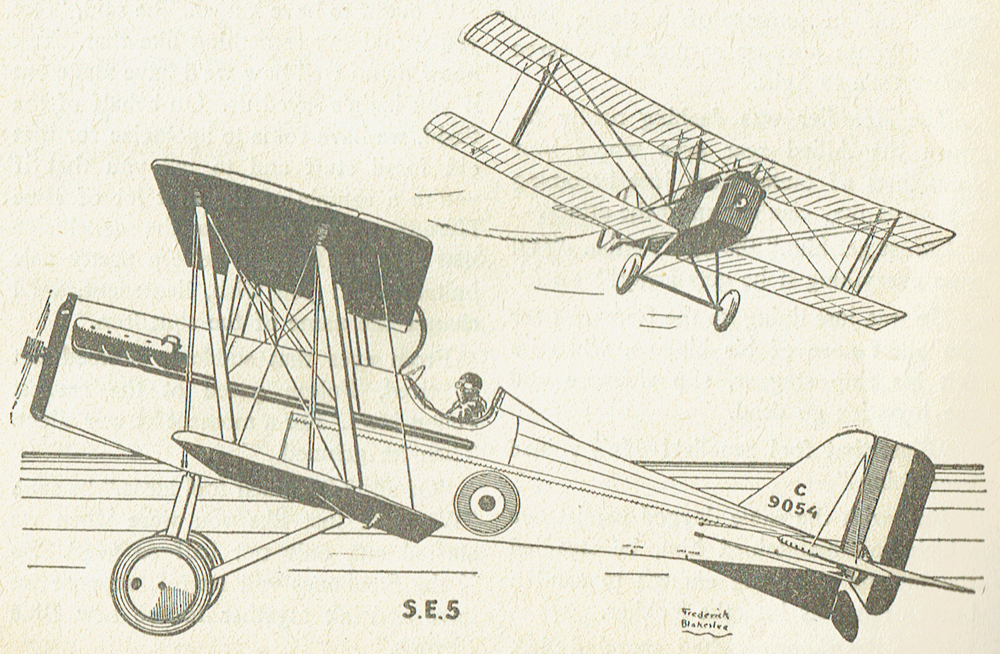
No doubt you will recognize the plane in the foreground as an S.E.5. This was not the type of plane flown by the 139th squadron at that time. In our series, we don’t always show the machines that we actually used in the incidents pictured, because frequently they were the same type, and one of our aims is to give you pictures of every one of the machines. We have used the S.E.5. before in a cover, but have not shown a drawing of it, therefore we include the drawing this month. The Fokker D.7 will be a feature on the December issue.
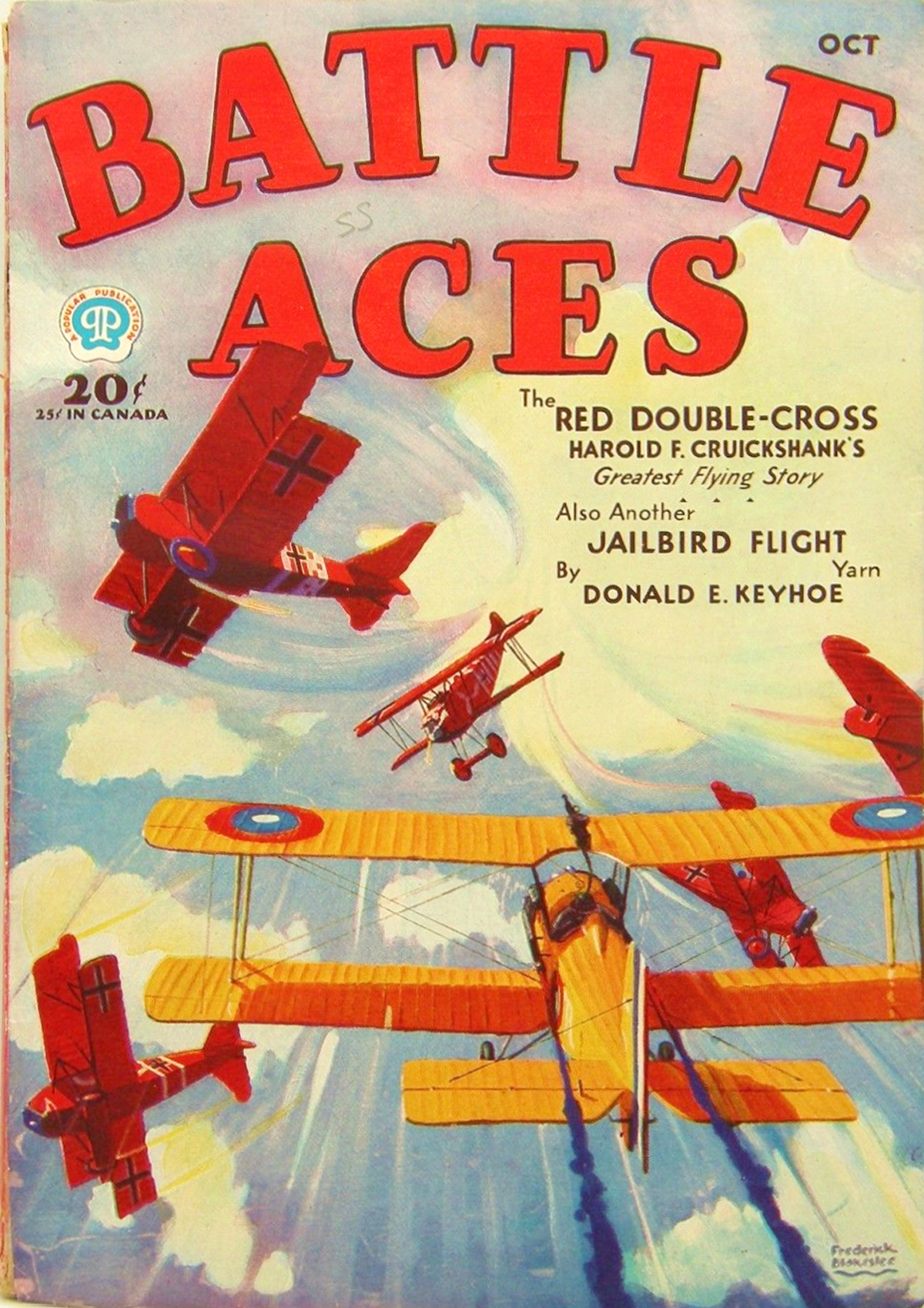
“The S.E.5 and Lt. Lindsay” by Frederick M. Blakeslee (October 1931)
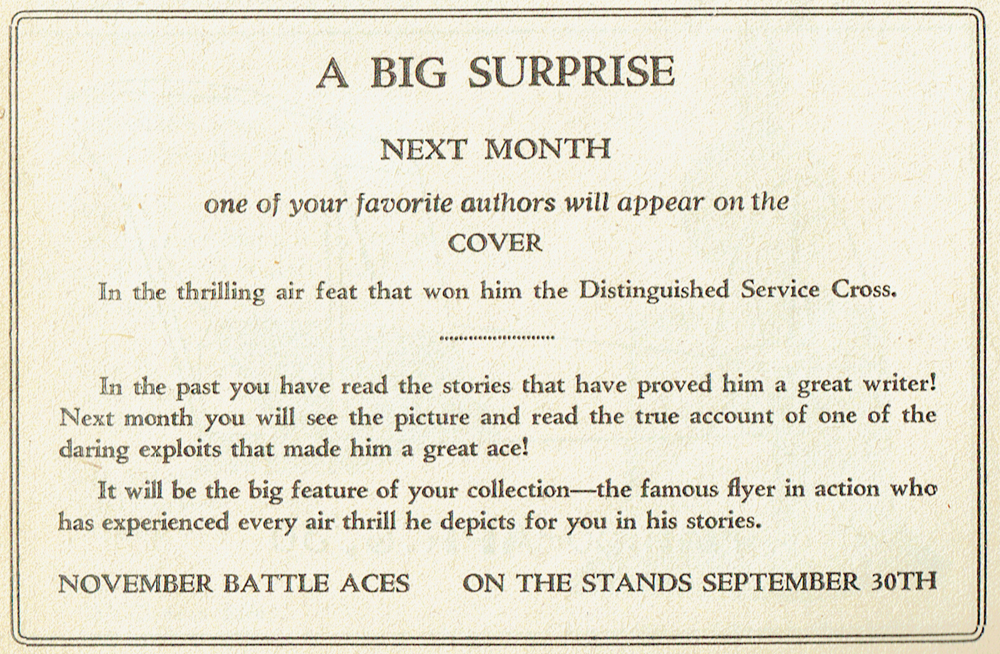
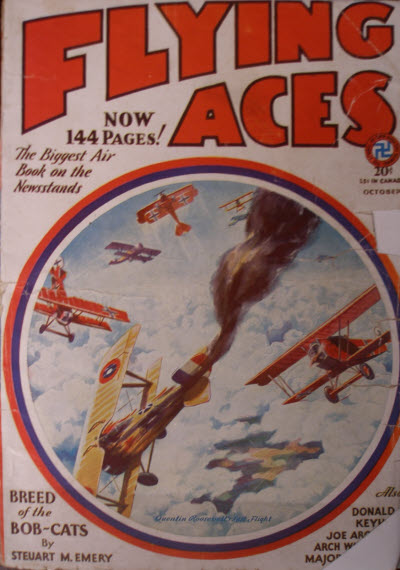 That sound can only mean one thing—that Bachelor of Artifice, Knight of Calamity and an alumnus of Doctor Merlin’s Camelot College for Conjurors is back to vex not only the Germans, but the Americans—the Ninth Pursuit Squadron in particular—as well. Yes it’s the marvel from Boonetown, Iowa himself—Lieutenant Phineas Pinkham!
That sound can only mean one thing—that Bachelor of Artifice, Knight of Calamity and an alumnus of Doctor Merlin’s Camelot College for Conjurors is back to vex not only the Germans, but the Americans—the Ninth Pursuit Squadron in particular—as well. Yes it’s the marvel from Boonetown, Iowa himself—Lieutenant Phineas Pinkham! 




 a story from the pen of a prolific pulp author O.B. Myers! Myers was a pilot himself, flying with the 147th Aero Squadron and carrying two credited victories and awarded the
a story from the pen of a prolific pulp author O.B. Myers! Myers was a pilot himself, flying with the 147th Aero Squadron and carrying two credited victories and awarded the 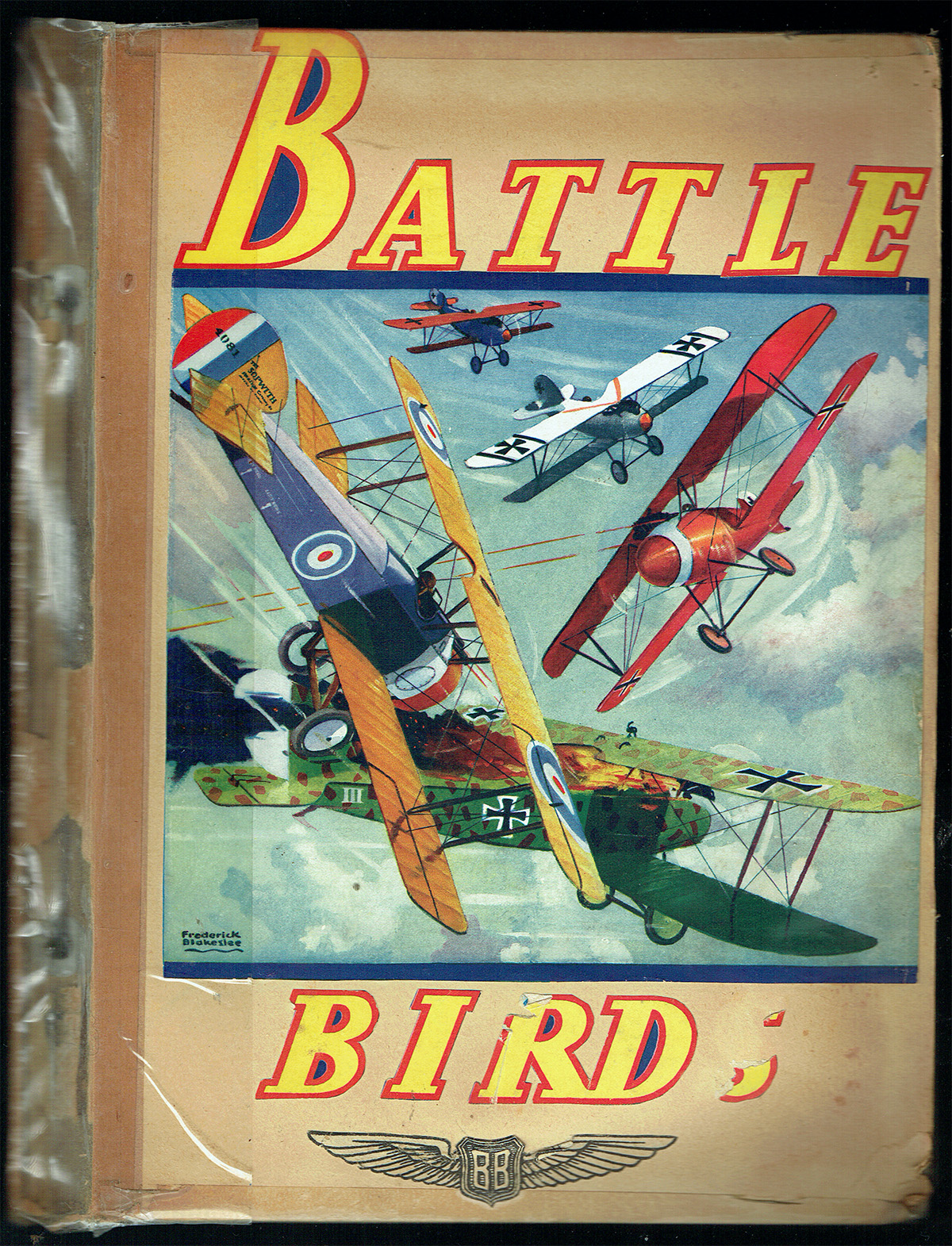 Like many in the late 20’s and early 30’s, Robert O’Neil was fascinated with aviation and as such, a large part of both volumes of his scrapbooks is taken up with a cataloging of the many different types of planes. But amongst all the planes and air race flyers and info on Aces are some surprising items. Robert was also fond of including cut-outs from covers of all kinds of aviation themed magazines.
Like many in the late 20’s and early 30’s, Robert O’Neil was fascinated with aviation and as such, a large part of both volumes of his scrapbooks is taken up with a cataloging of the many different types of planes. But amongst all the planes and air race flyers and info on Aces are some surprising items. Robert was also fond of including cut-outs from covers of all kinds of aviation themed magazines.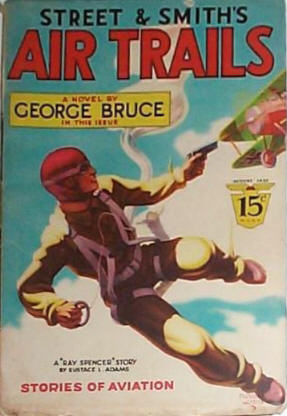
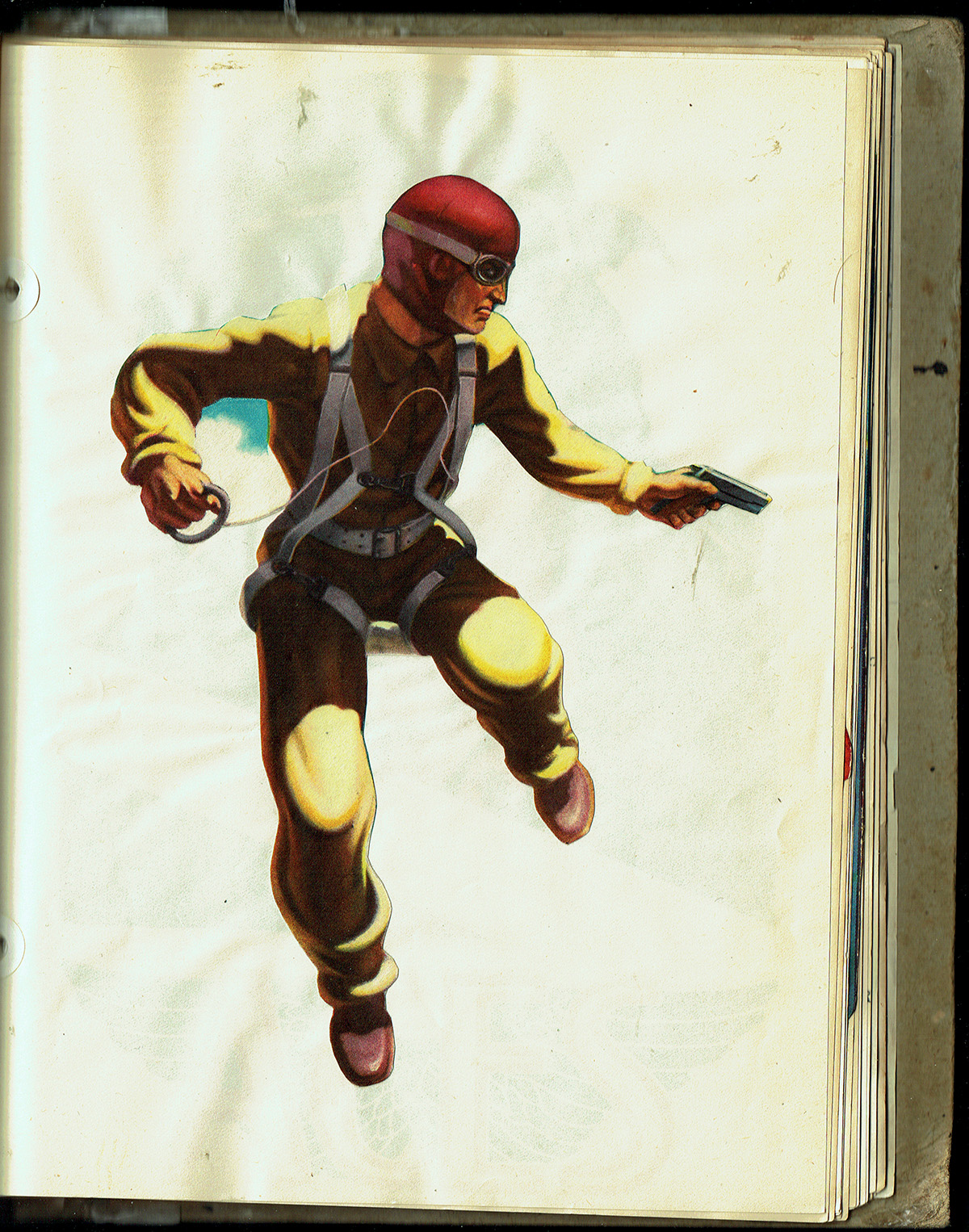
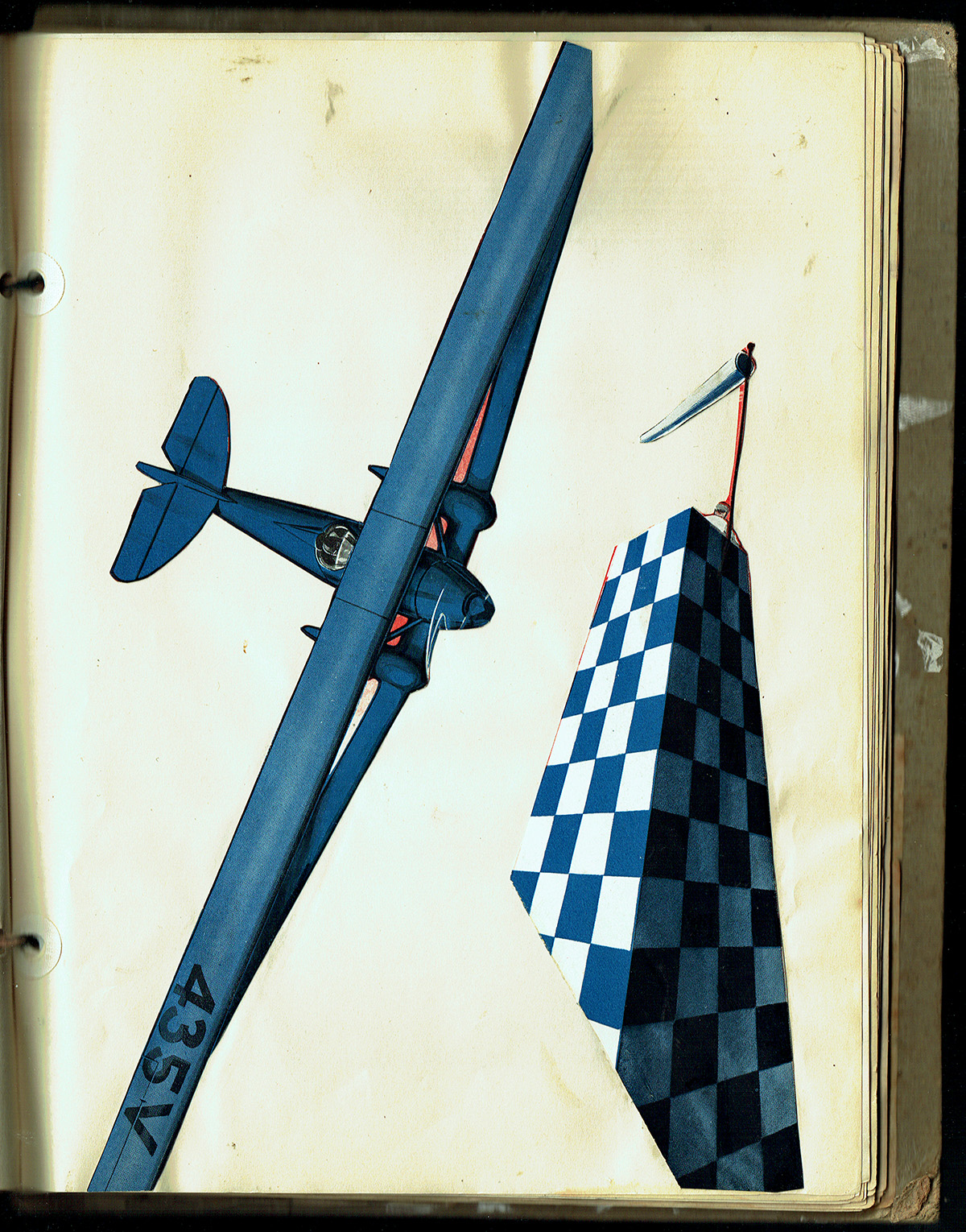
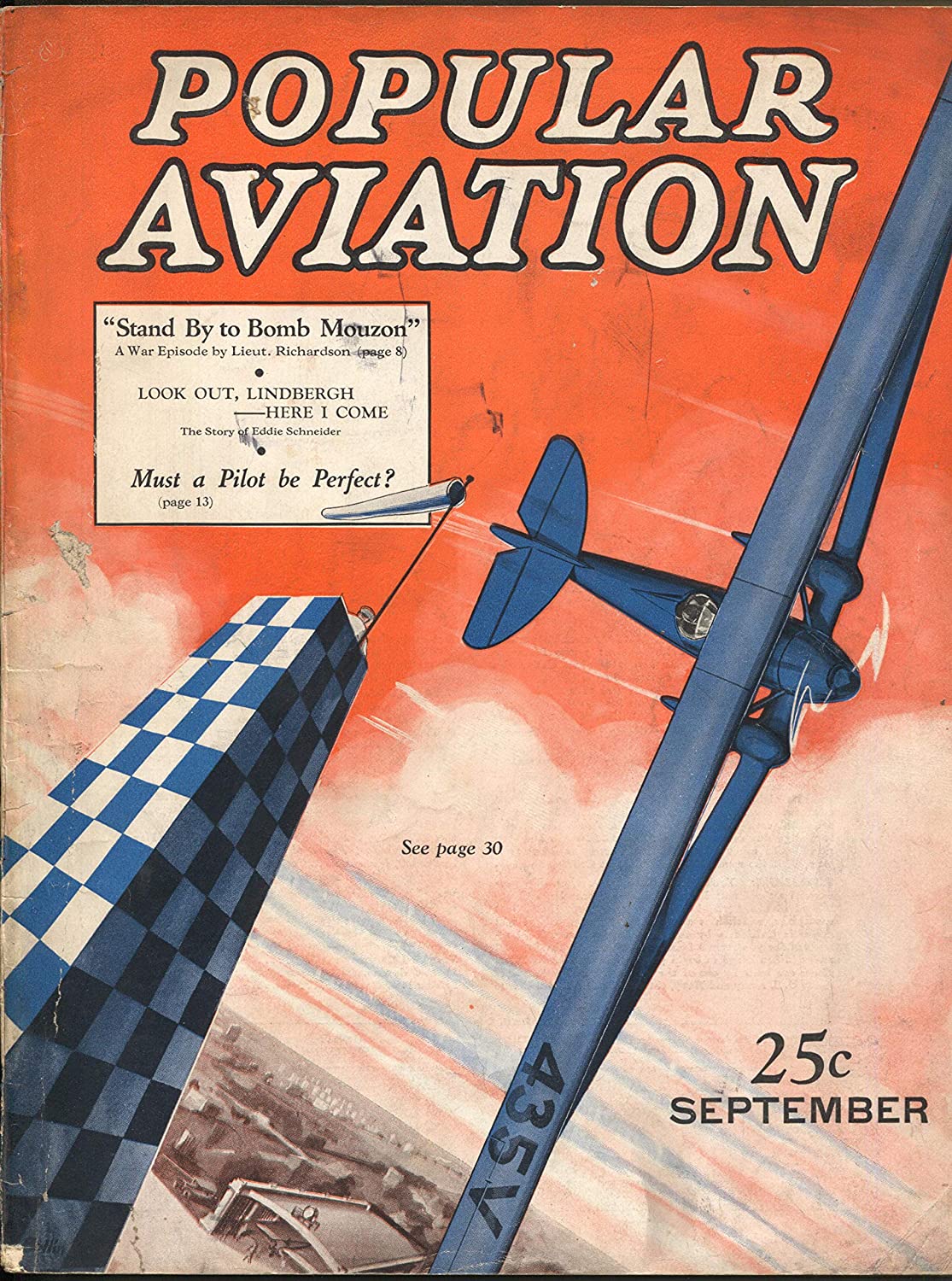
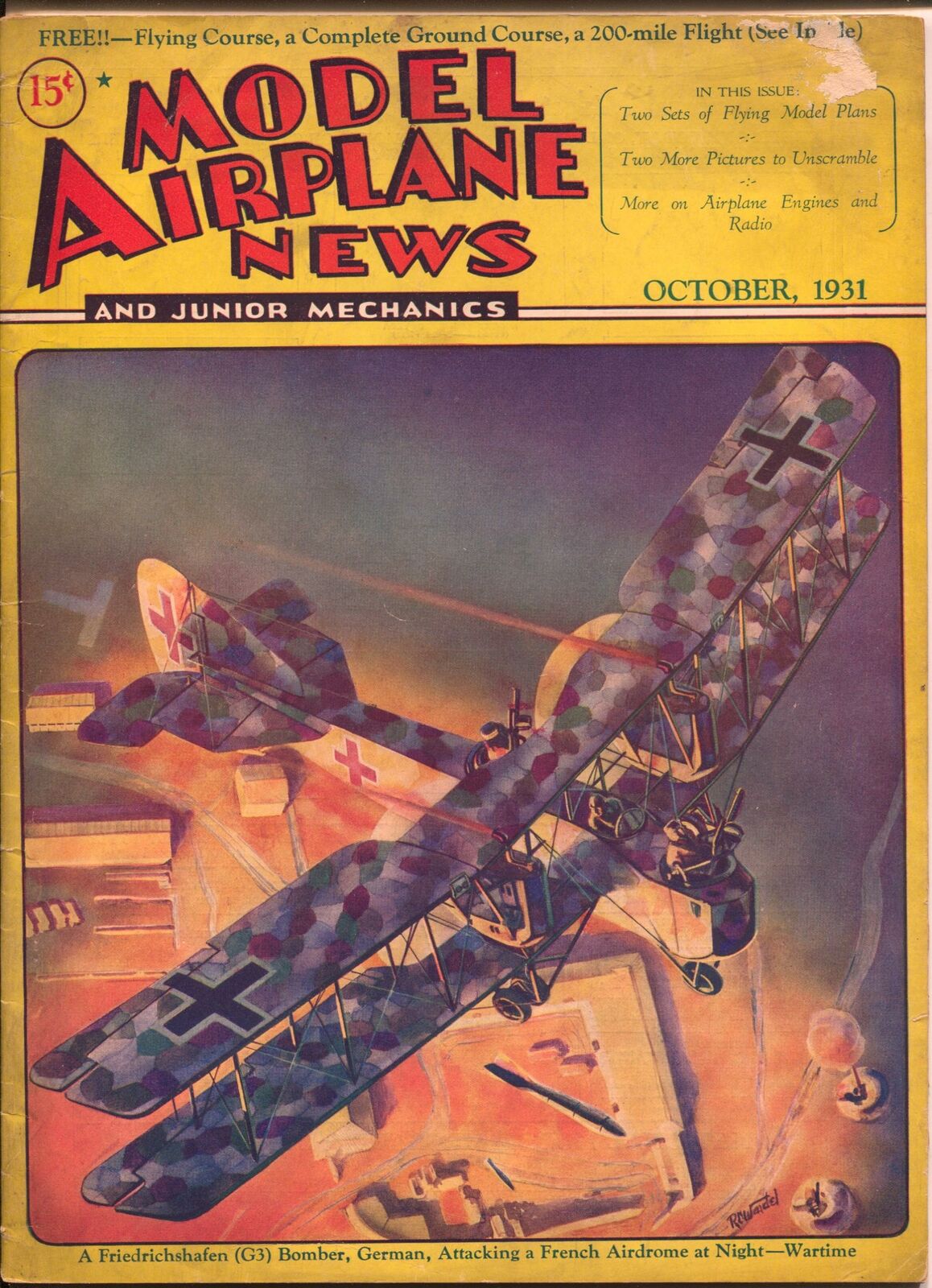
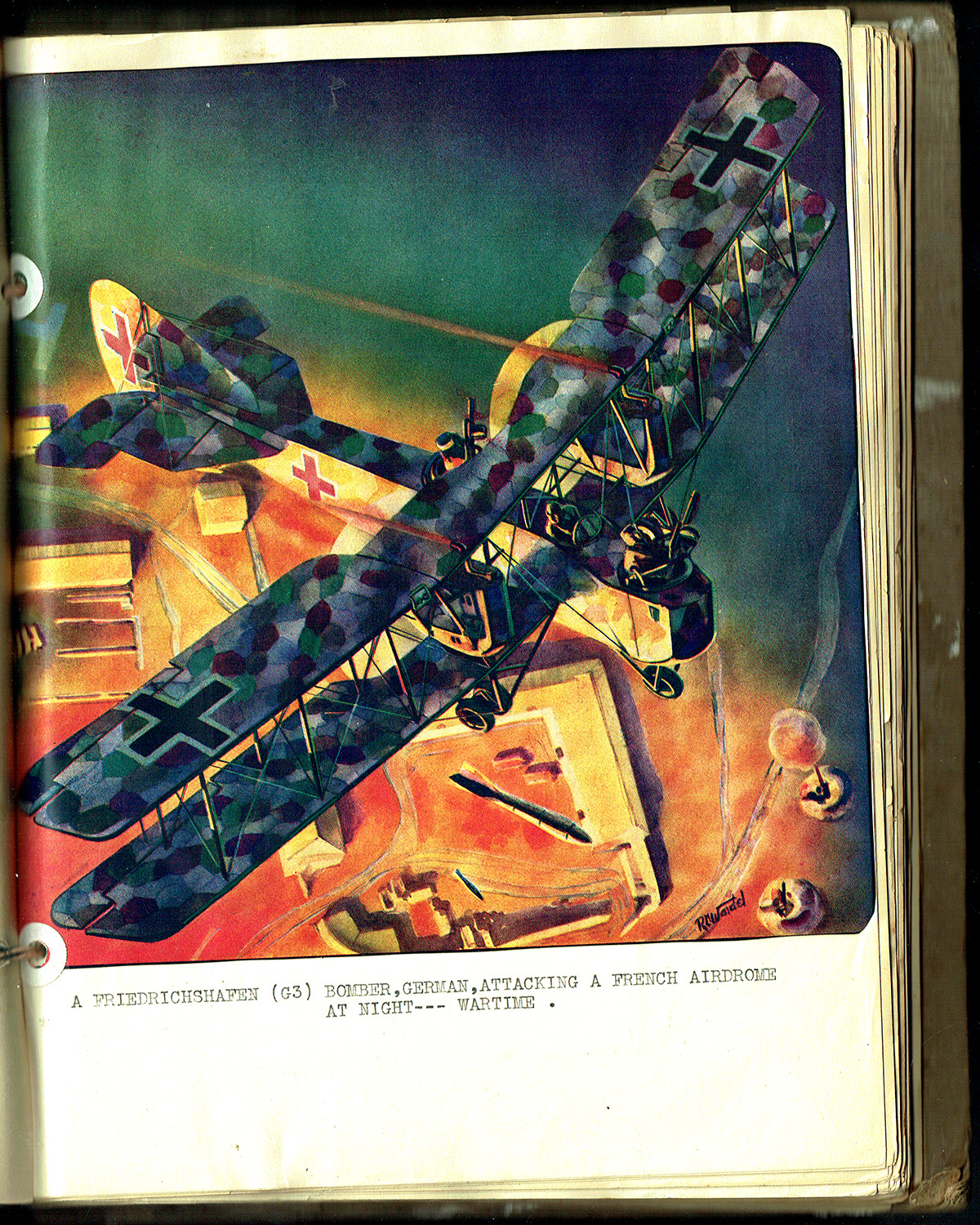
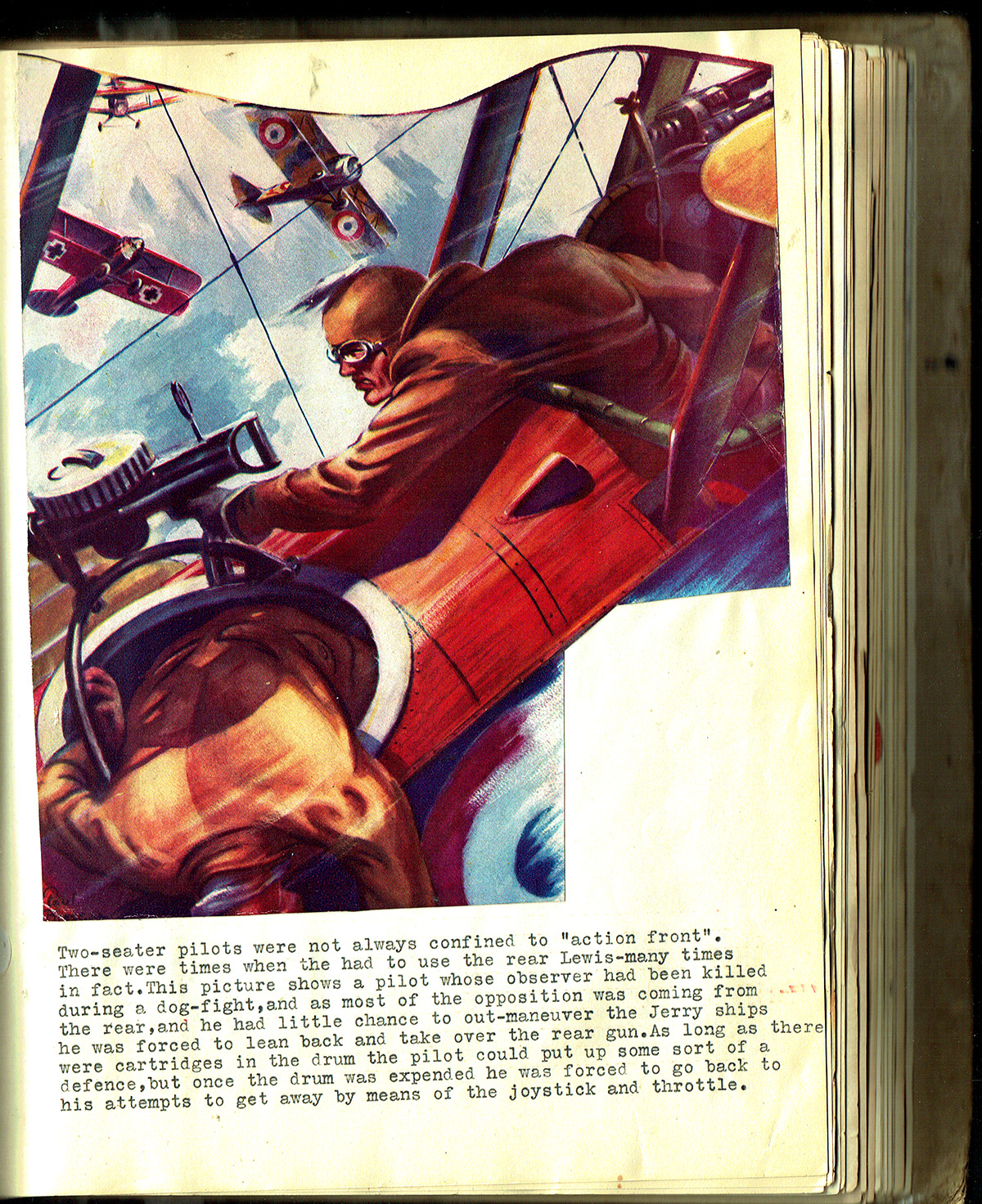
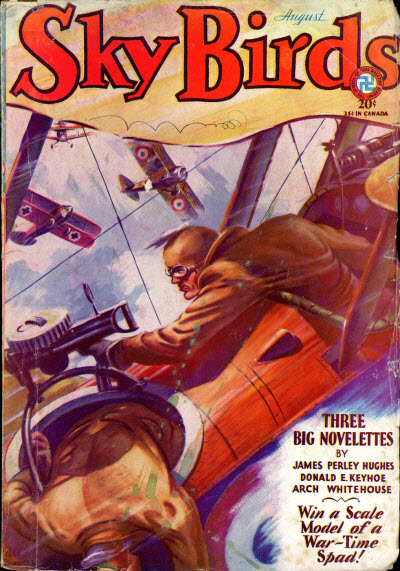
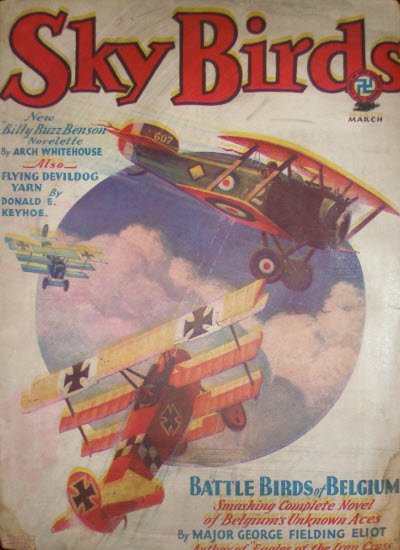
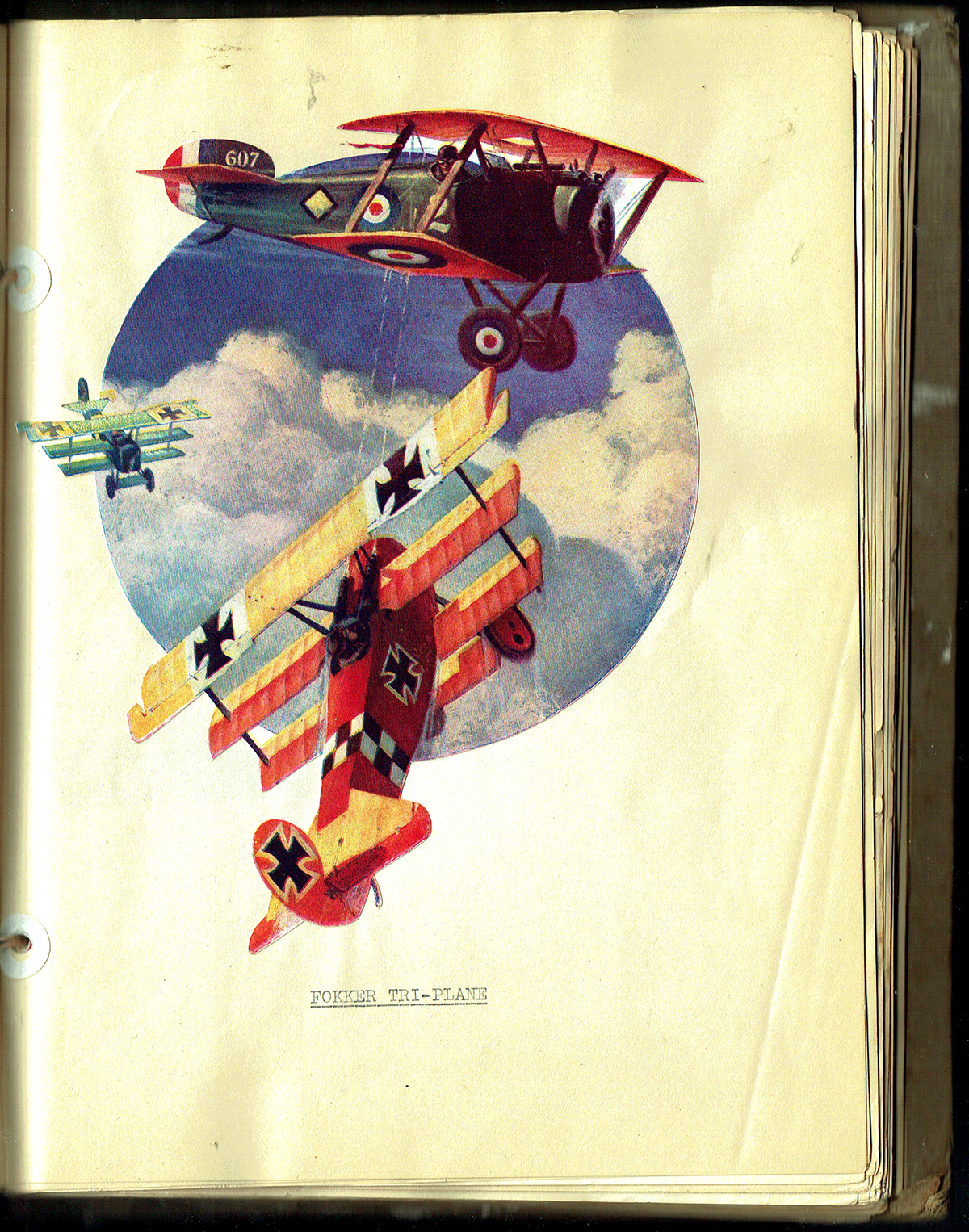
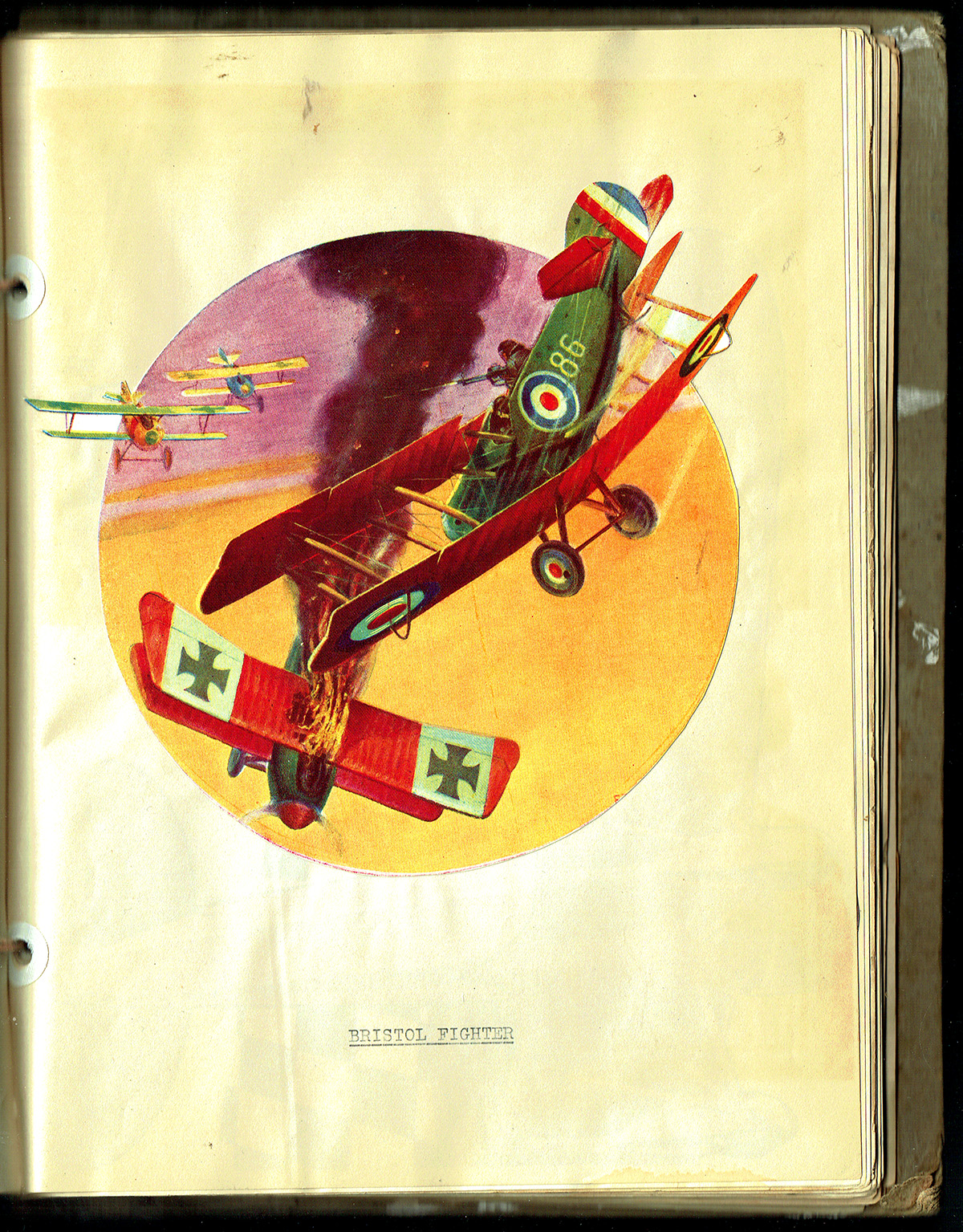
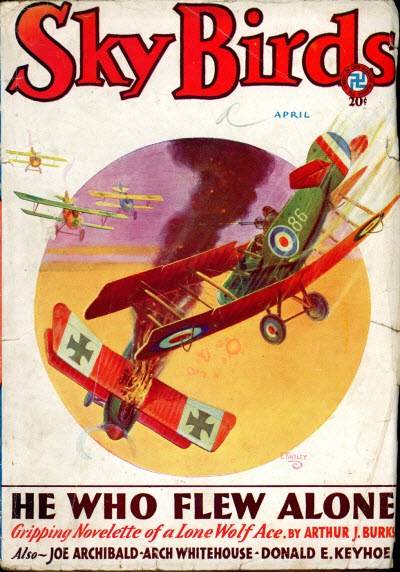
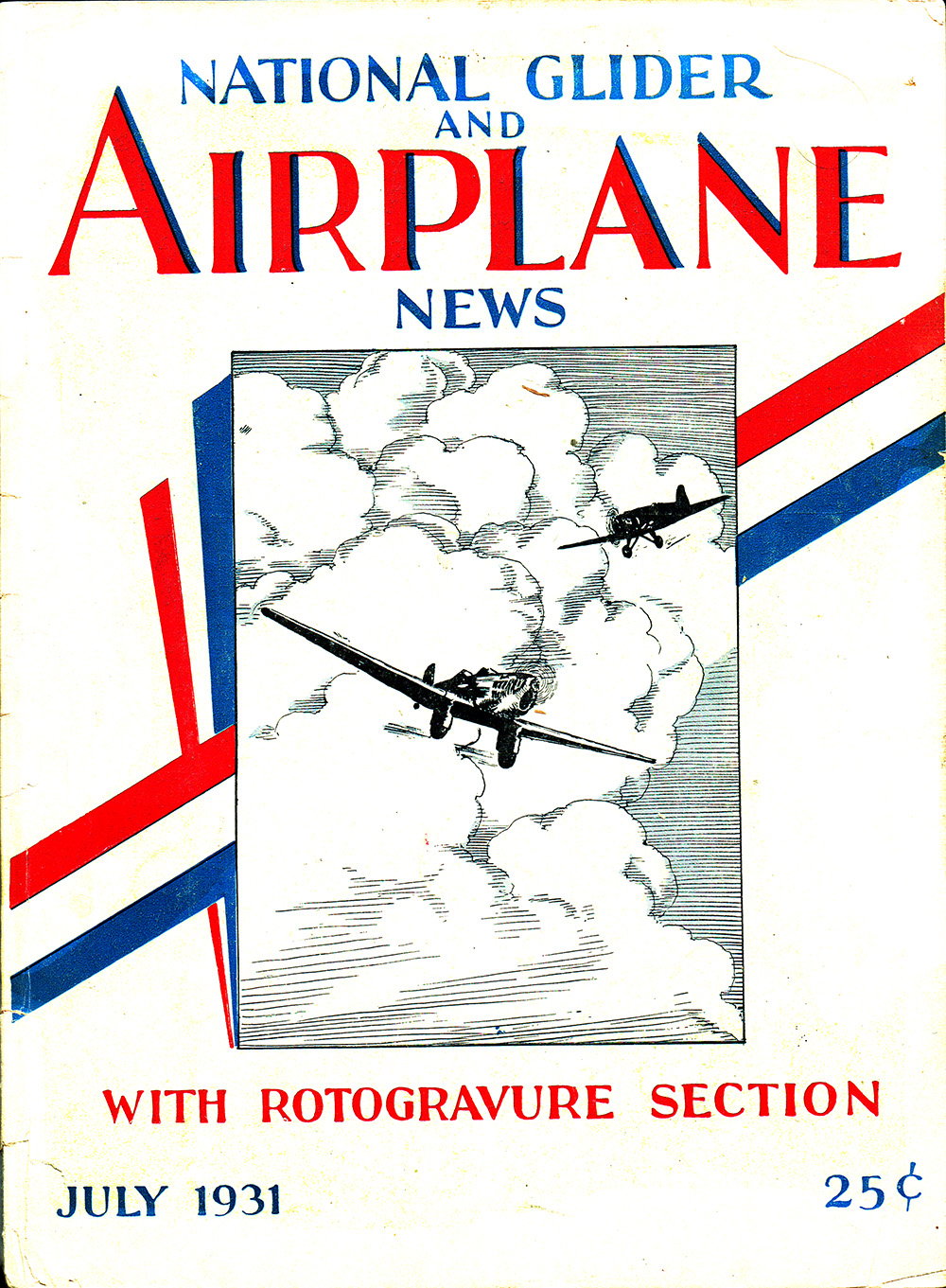
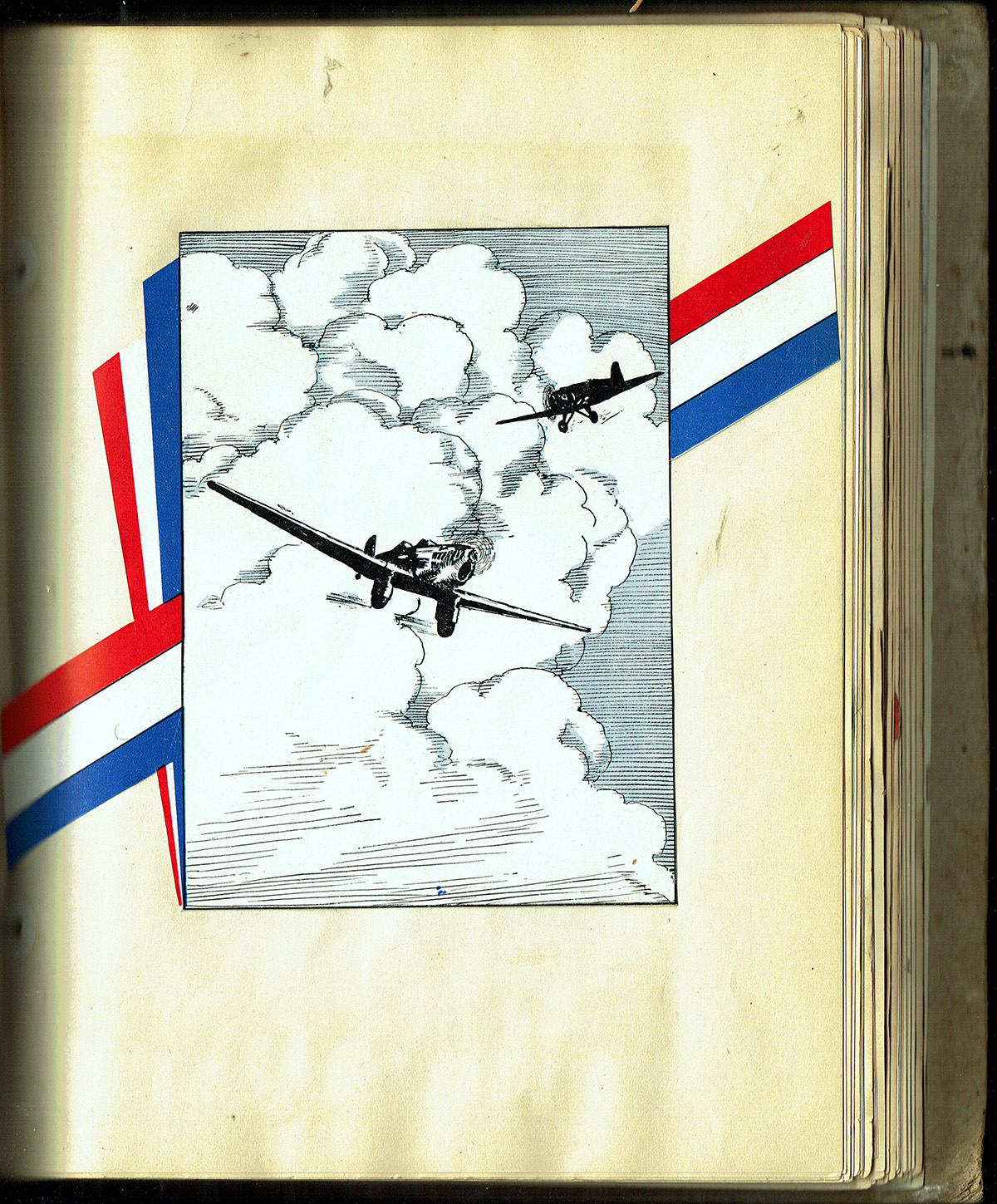
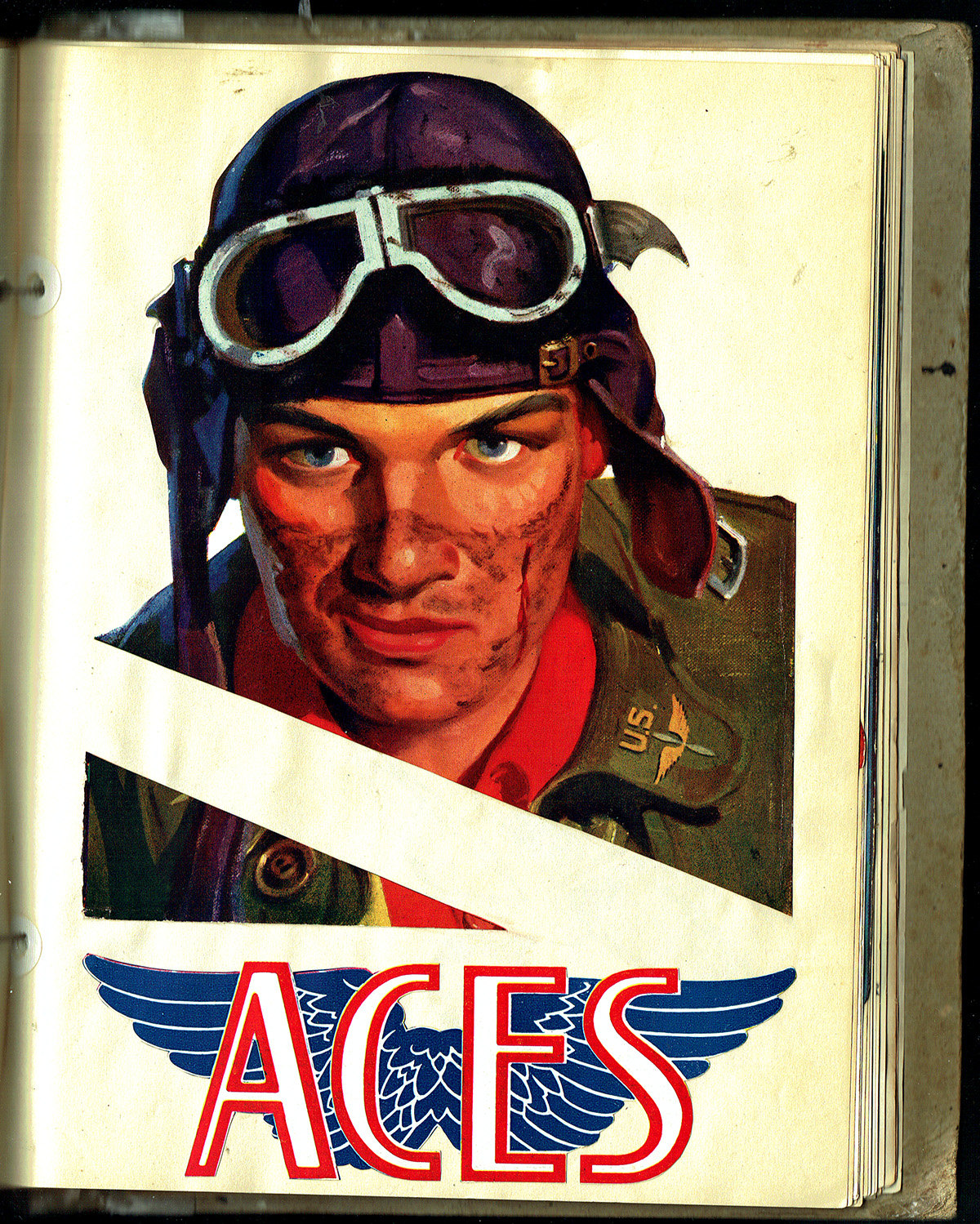
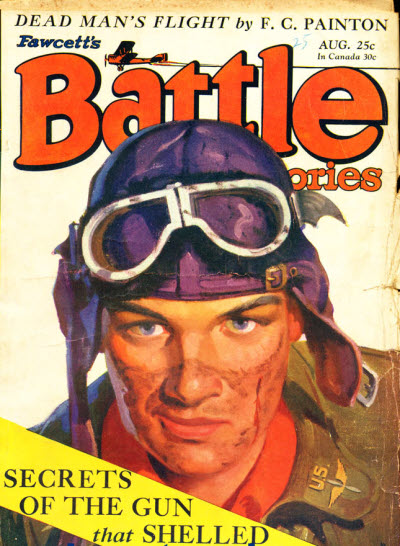
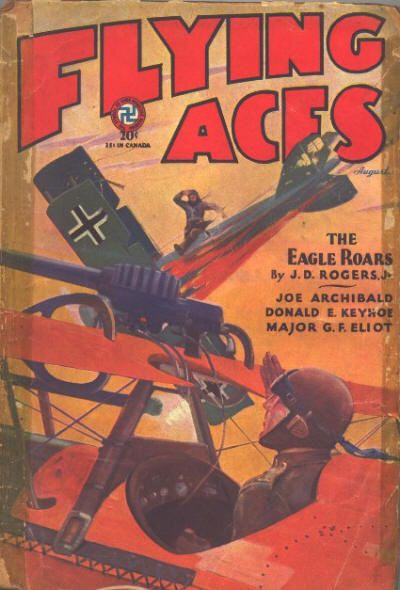
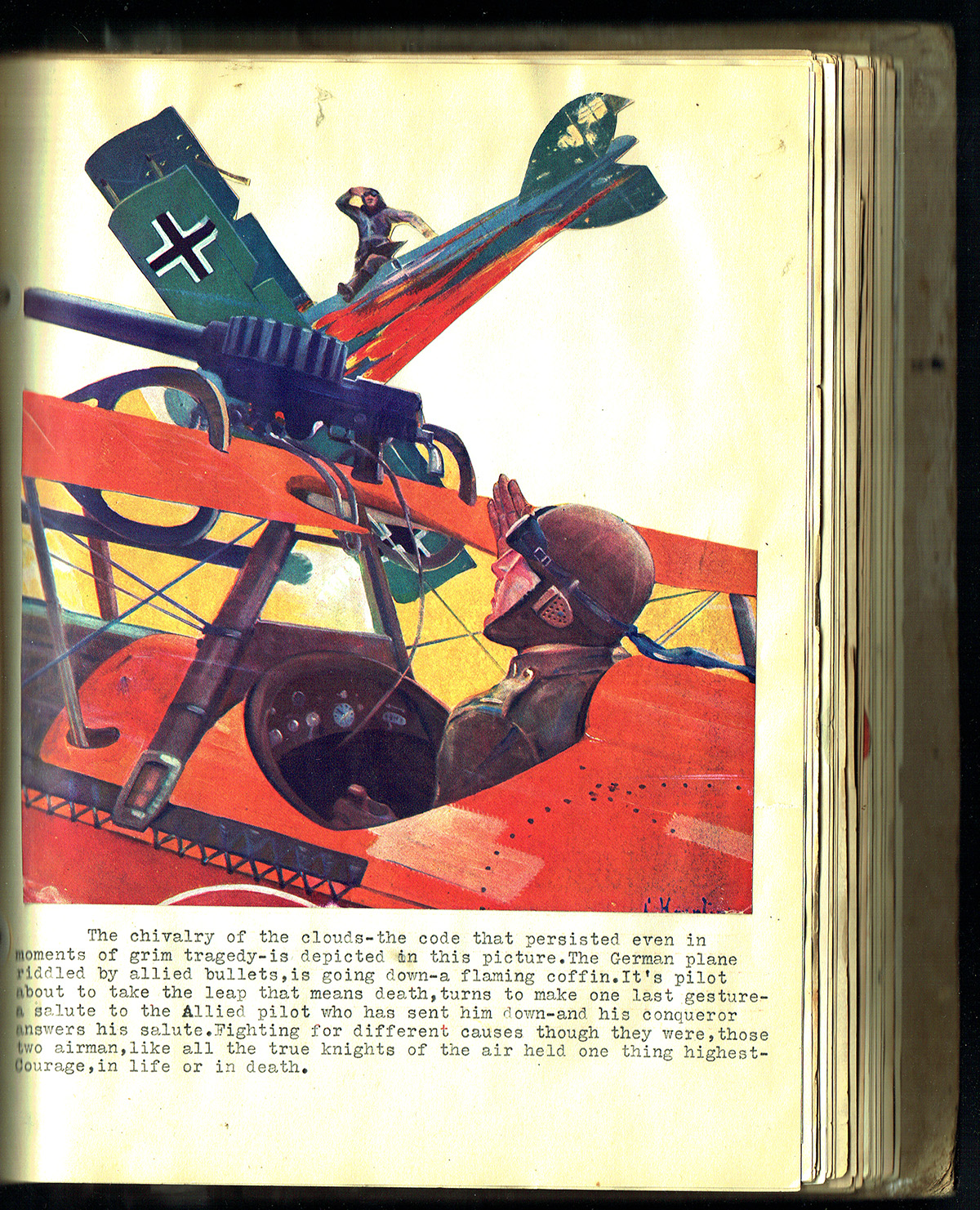
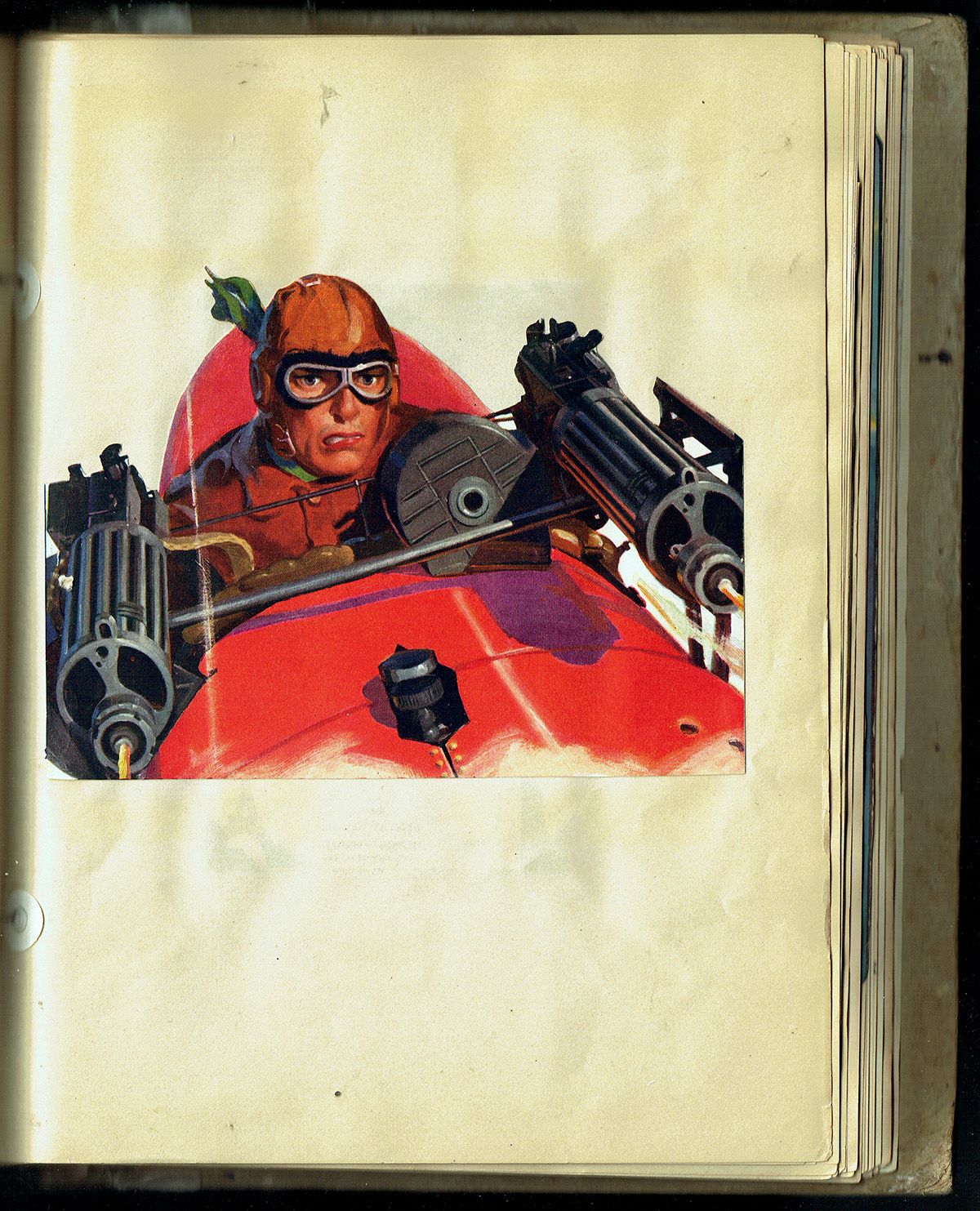
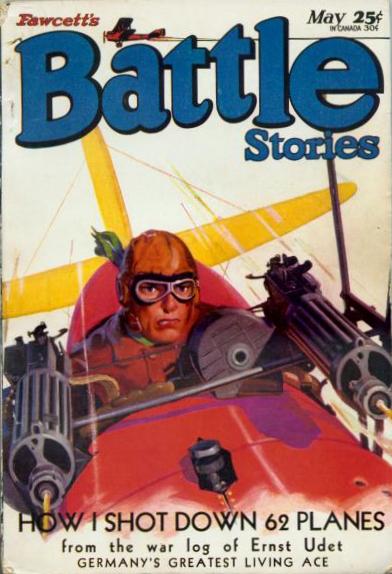
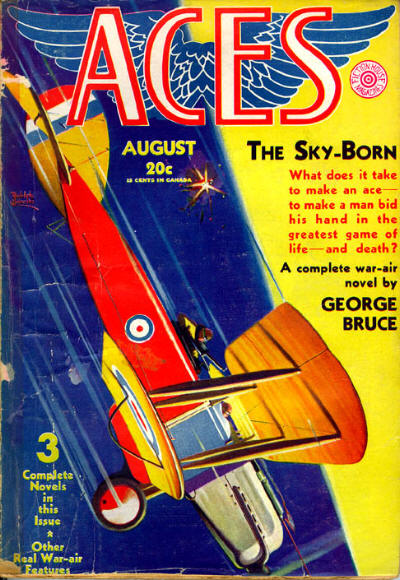
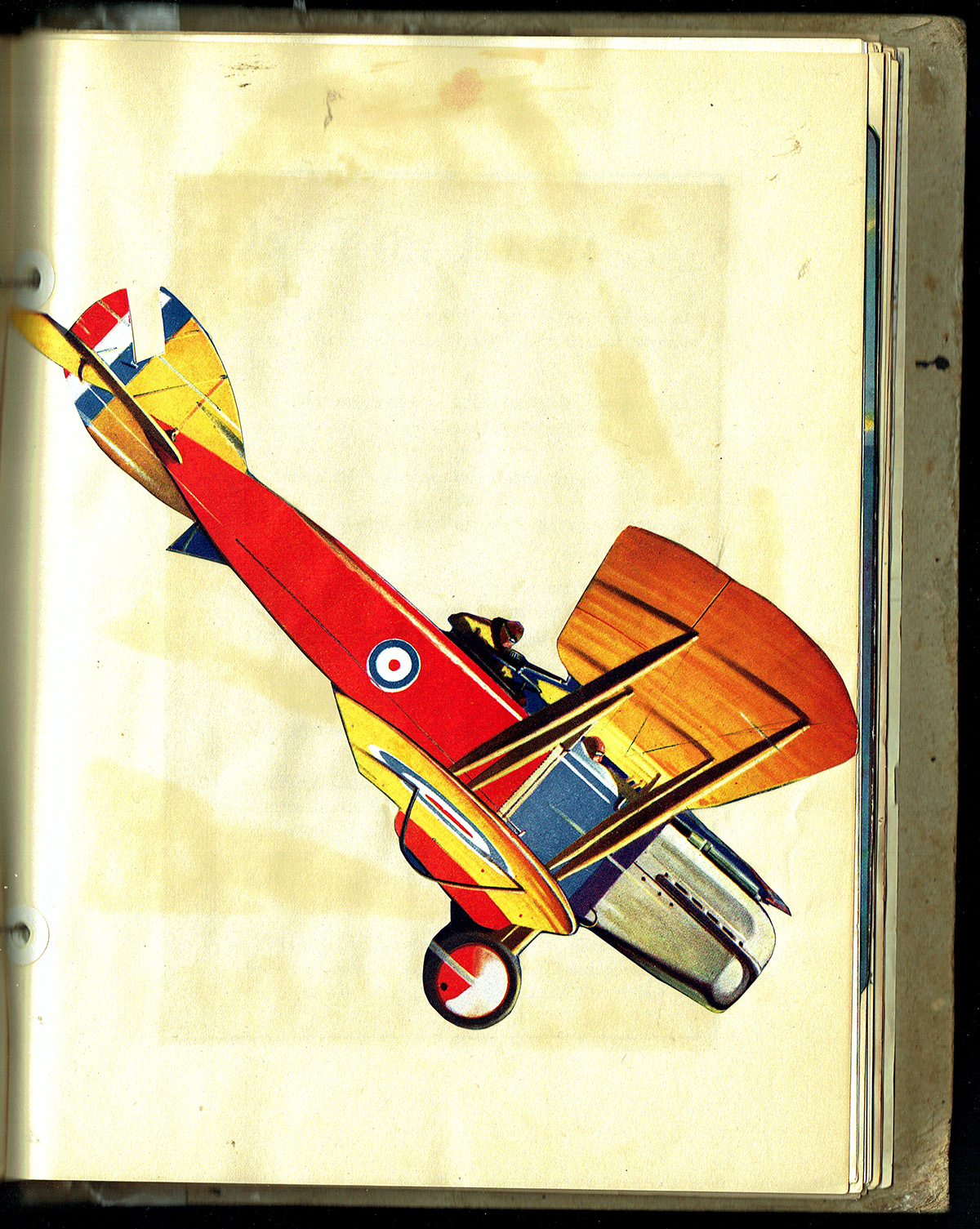
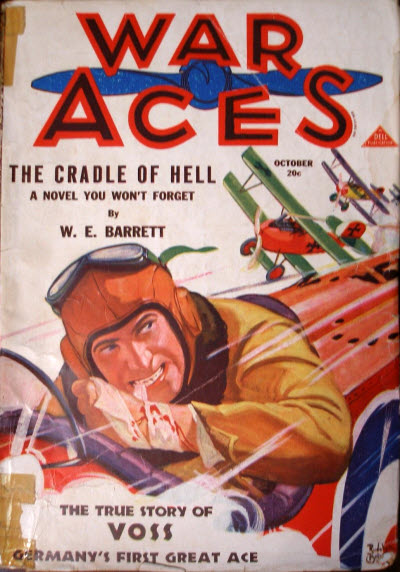 the month we have the story of Captain Jim Fogarty, a Montana Irishman in the service of Britain. He was Youth triumphant, a, veteran of six weeks on the fighting Front, commander of a squadron, and officially credited with victories over sixteen enemy airmen. The twin Ds of Death and Defeat had not touched him—but when it did, they brought him straight down into the cradle of hell and nearly cost him his life!
the month we have the story of Captain Jim Fogarty, a Montana Irishman in the service of Britain. He was Youth triumphant, a, veteran of six weeks on the fighting Front, commander of a squadron, and officially credited with victories over sixteen enemy airmen. The twin Ds of Death and Defeat had not touched him—but when it did, they brought him straight down into the cradle of hell and nearly cost him his life! of Jack Kane, a pilot with the 17th Squadron’s C Flight who’s in over his head. Turns out C Flight plays hand after hand of poker in between patrols and young Kane has been doling out I.O.U.s to cover his debts and the time to settle up those debts is fast approaching. Problem is, he doesn’t have the money to cover those I.O.U.s. Kane believes it would be better to perish in battle and die a hero than face disgrace when his debts come due!
of Jack Kane, a pilot with the 17th Squadron’s C Flight who’s in over his head. Turns out C Flight plays hand after hand of poker in between patrols and young Kane has been doling out I.O.U.s to cover his debts and the time to settle up those debts is fast approaching. Problem is, he doesn’t have the money to cover those I.O.U.s. Kane believes it would be better to perish in battle and die a hero than face disgrace when his debts come due!





